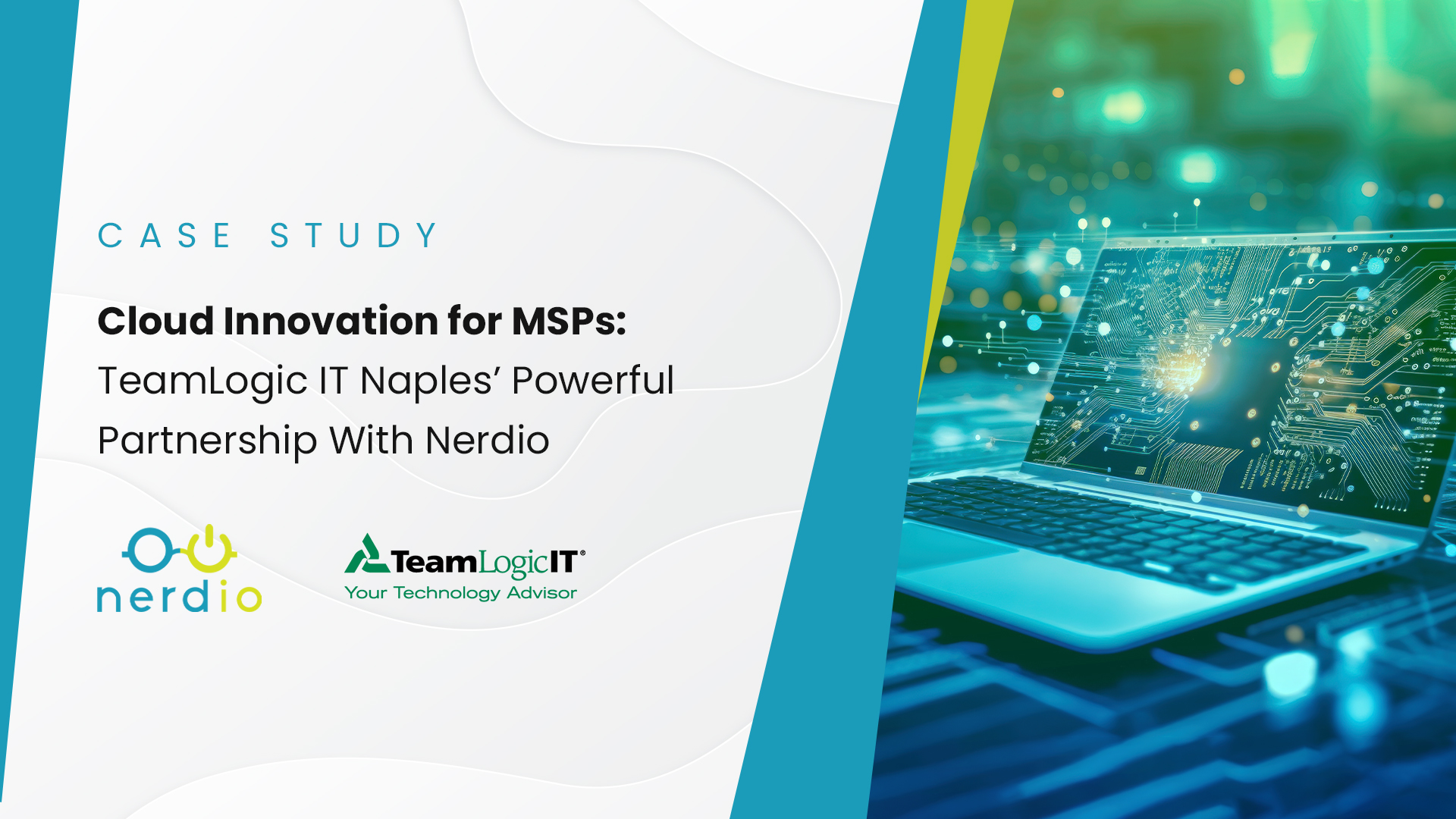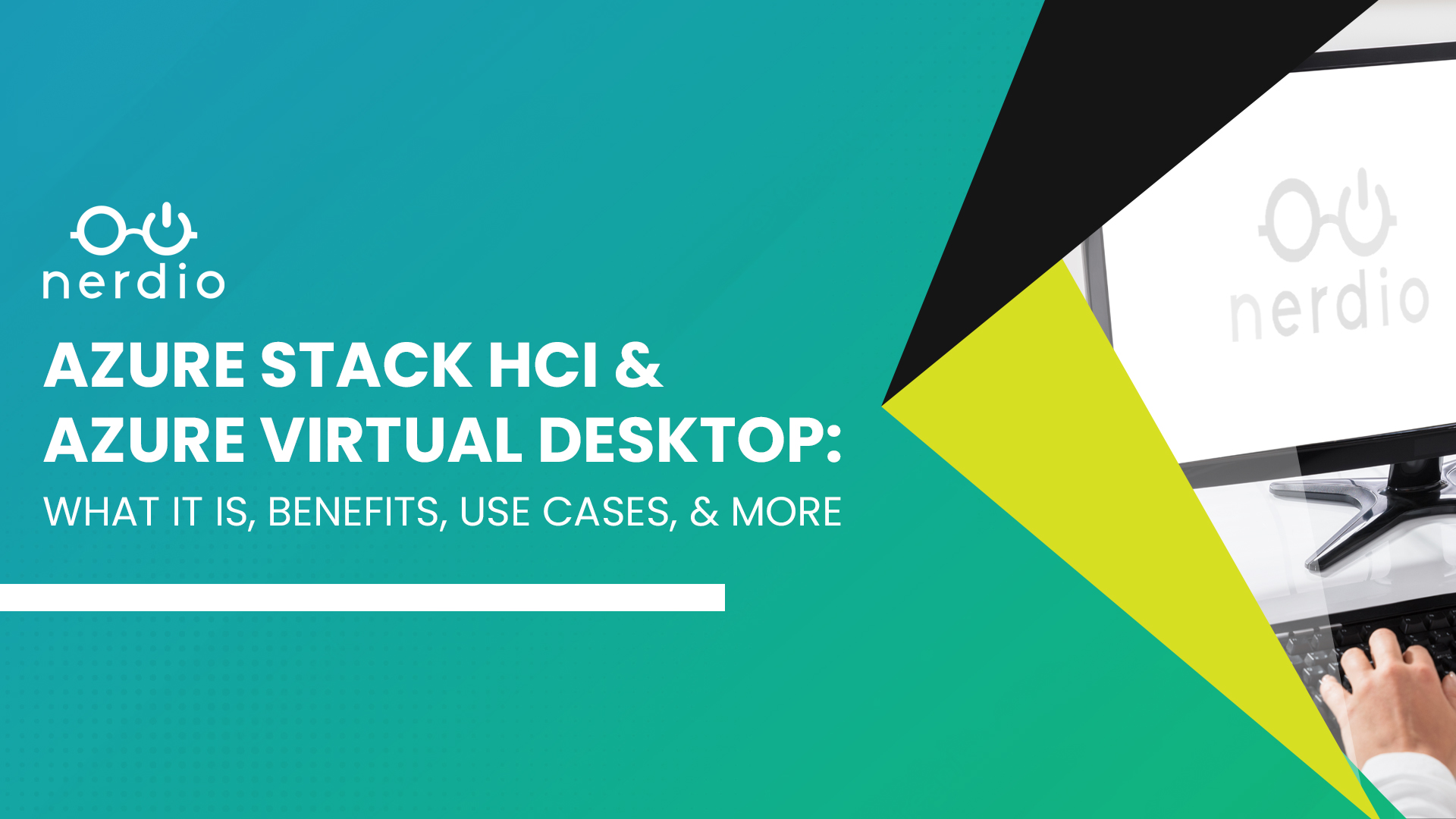Nerdio Manager for Enterprise Case Study: LexisNexis
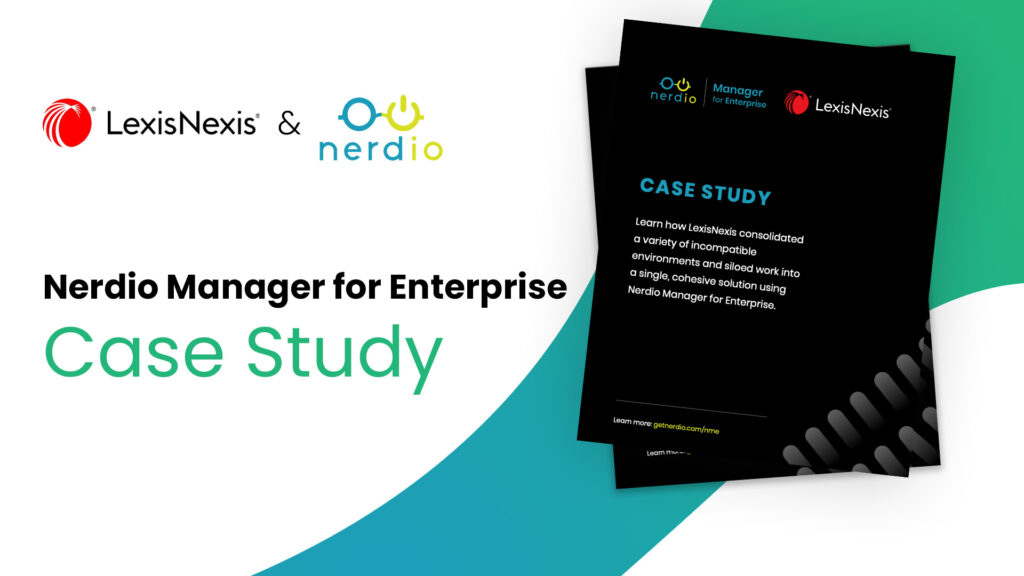
CASE STUDY Learn how LexisNexis consolidated a variety of incompatible environments and siloed work into a single, cohesive solution using Nerdio Manager for Enterprise. About LexisNexis LexisNexis is a leading global data analysis and information provider that offers platforms to help legal, corporate, government, and nonprofit clients better understand their markets and audiences. They also […]
10 Most Common Azure Mistakes Made by Managed Service Providers (MSPs)
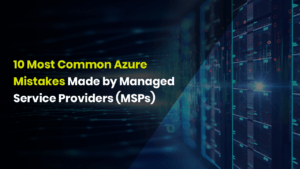
There are many lists out there of common mistakes people make in Microsoft Azure. In this article, we are going to specifically focus on the ones that Managed Service Providers (MSPs) make in Azure, as they can be somewhat different and unique to this space. 1. Selecting Non–optimal VM Sizes for Servers and Session Hosts […]
Nerdio Manager for Enterprise Case Study: Grant Thornton
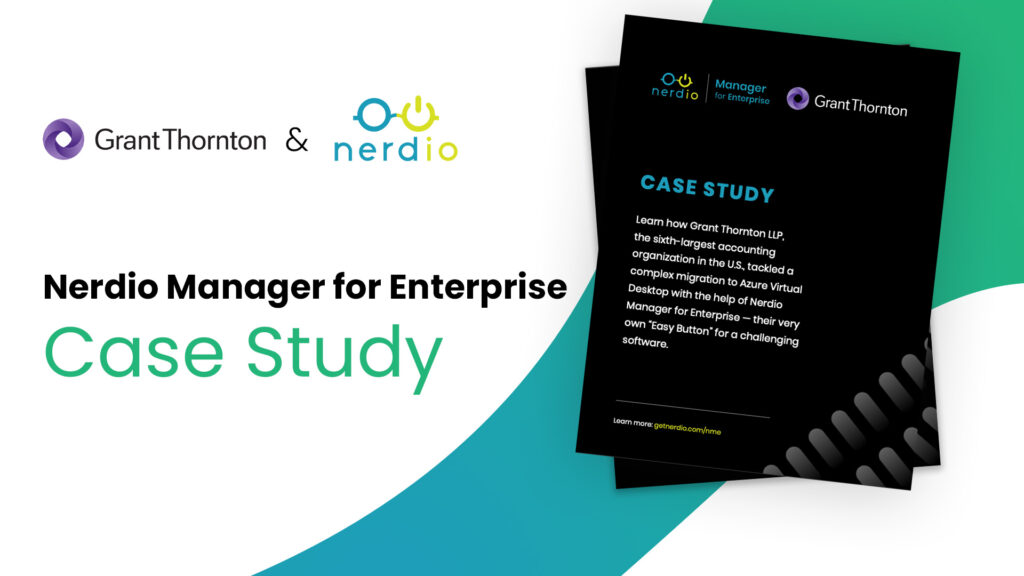
CASE STUDY Learn how Grant Thornton LLP, the sixth-largest accounting organization in the U.S., tackled a complex migration to Azure Virtual Desktop with the help of Nerdio Manager for Enterprise — their very own “Easy Button” for a challenging software. About Grant Thronton LLP Grant Thornton LLP is one of the world’s largest accounting and […]
How to Reduce IT Complexity and Costs When Deploying Azure Virtual Desktop (AVD)
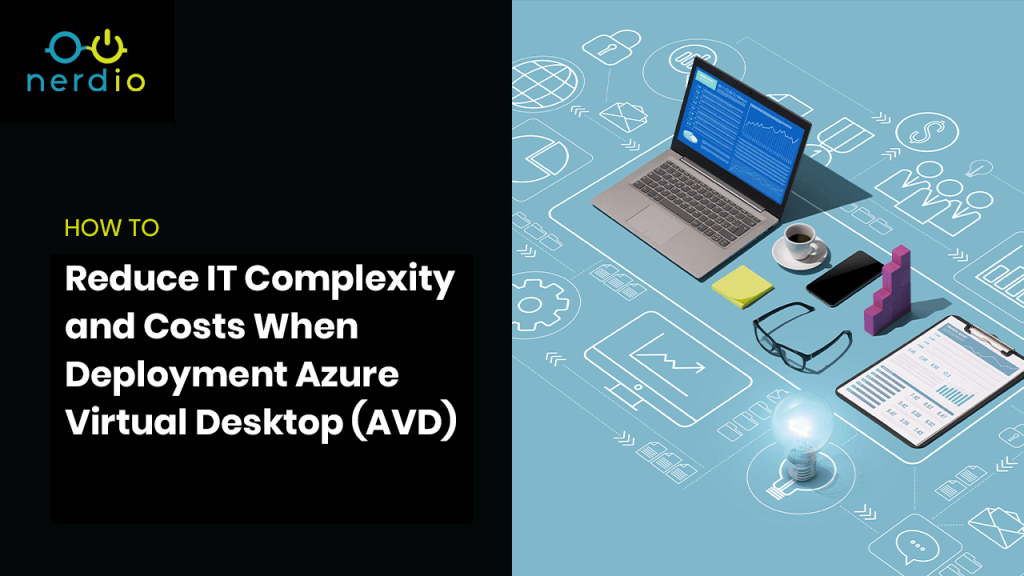
As an IT professional or leader, you are always on the lookout for ways to make your (IT) life simpler. When dealing with Azure Virtual Desktop (AVD) and Azure cloud environments, this is no different. The cloud can be overwhelming; your choices are almost limitless and there are about a few dozen other things to be aware of or to look out for. Being an Enterprise organization, you don’t want to get lost in the cloud services maze. […]
4 Customer Deployment Scenarios in Nerdio Manager for MSP
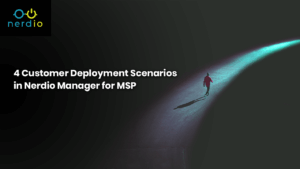
Getting started with Nerdio Manager for MSP (NMM) is easy. It is available directly from the Azure Marketplace and setting it up will take you around 30-45 minutes. Once you have NMM installed, onboarding customers or building new Azure environments in NMM is even easier. Let’s take a look at some examples. Below we’ll handle […]
Nerdio Manager for MSP Case Study: DigaCore
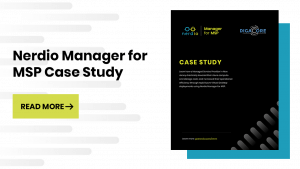
CASE STUDY Learn how a Managed Service Provider in New Jersey drastically lowered their Azure compute and storage costs and increased their operational efficiency through rapid Azure Virtual Desktop deployments using Nerdio Manager for MSP. About DigaCore DigaCore Technology Consulting Company is a Managed Service Provider (MSP) in New Jersey that offers consulting services, cloud […]
Nerdio Manager for MSP: Unique and Flexible Deployment Architecture
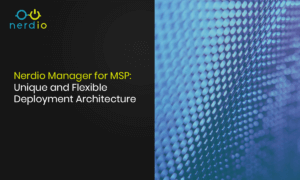
Nerdio Manager for MSP (NMM) enables MSPs to deploy, manage, and optimize new and existing Azure Virtual Desktop deployments with ease. A one-of-a-kind multi-tenant management platform built from various native Azure PaaS services, making it extremely flexible and powerful. Let’s have a closer look. Azure Marketplace Deployment Deploying Nerdio Manager for MSP is done directly […]
Nerdio Manager for Enterprise Case Study: Epiq
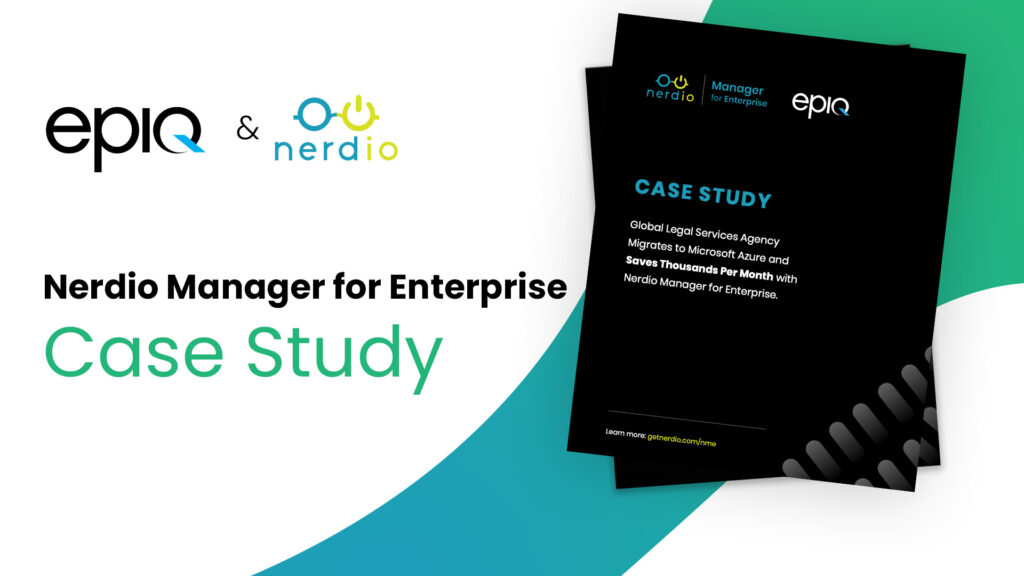
Case Study Global Legal Services Enterprise Agency Migrates to Microsoft Azure and Saves Thousands Per Month with Nerdio Manager for Enterprise About Epiq Epiq is a global provider of legal services, serving law firms, corporations, financial institutions, and government agencies. They help customers take on large-scale, complex legal tasks and streamline the administration of business […]
Introducing: Nerdio Manager for MSP
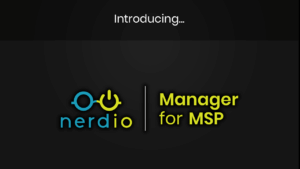
Exciting times here at Nerdio. Last week we officially released the public preview of Nerdio Manager for MSP, or NMM for short. In this blog series I would like to share with you the reason behind this solution and talk a bit more about the multi-tenant management capabilities it has to offer. Managing and optimizing […]



